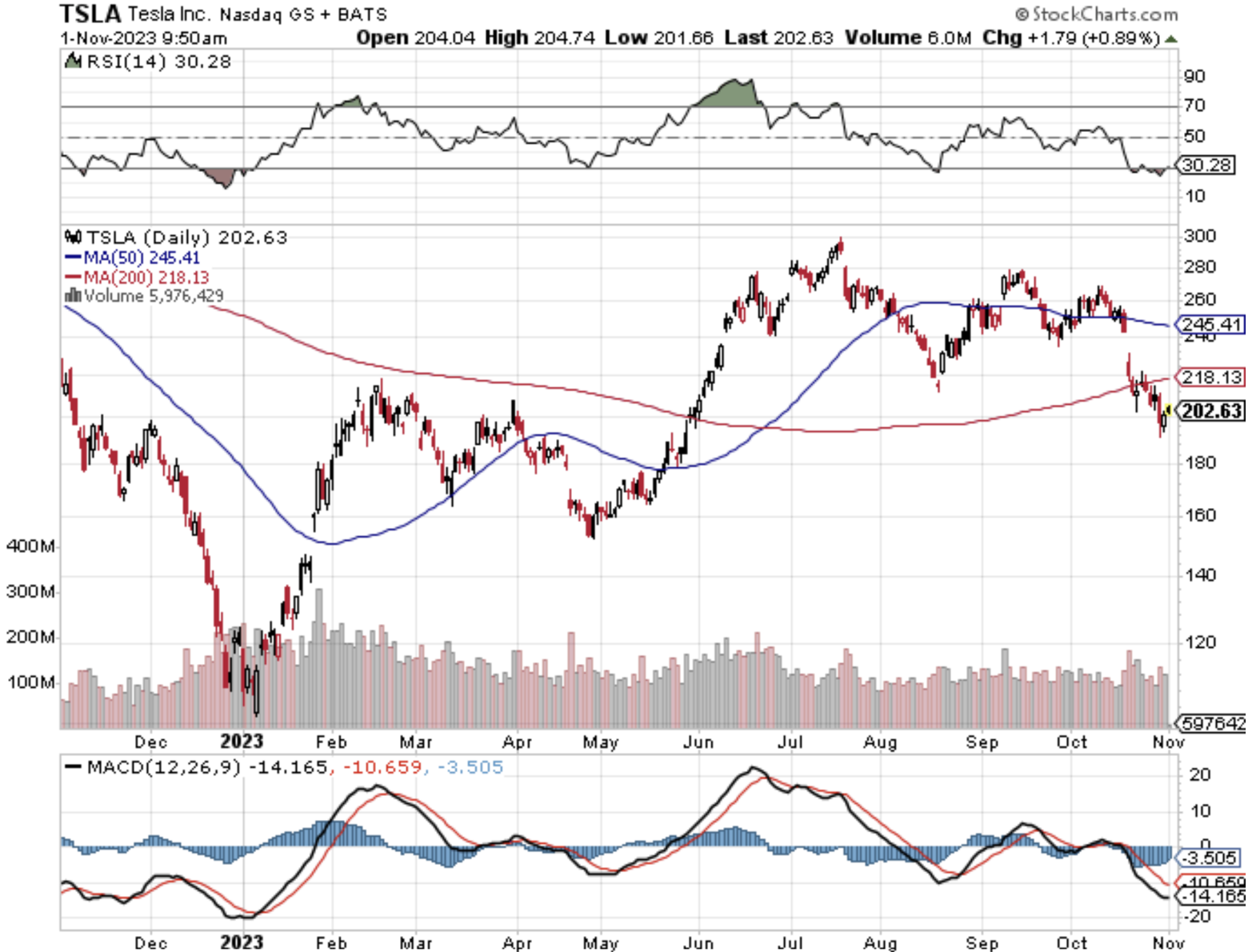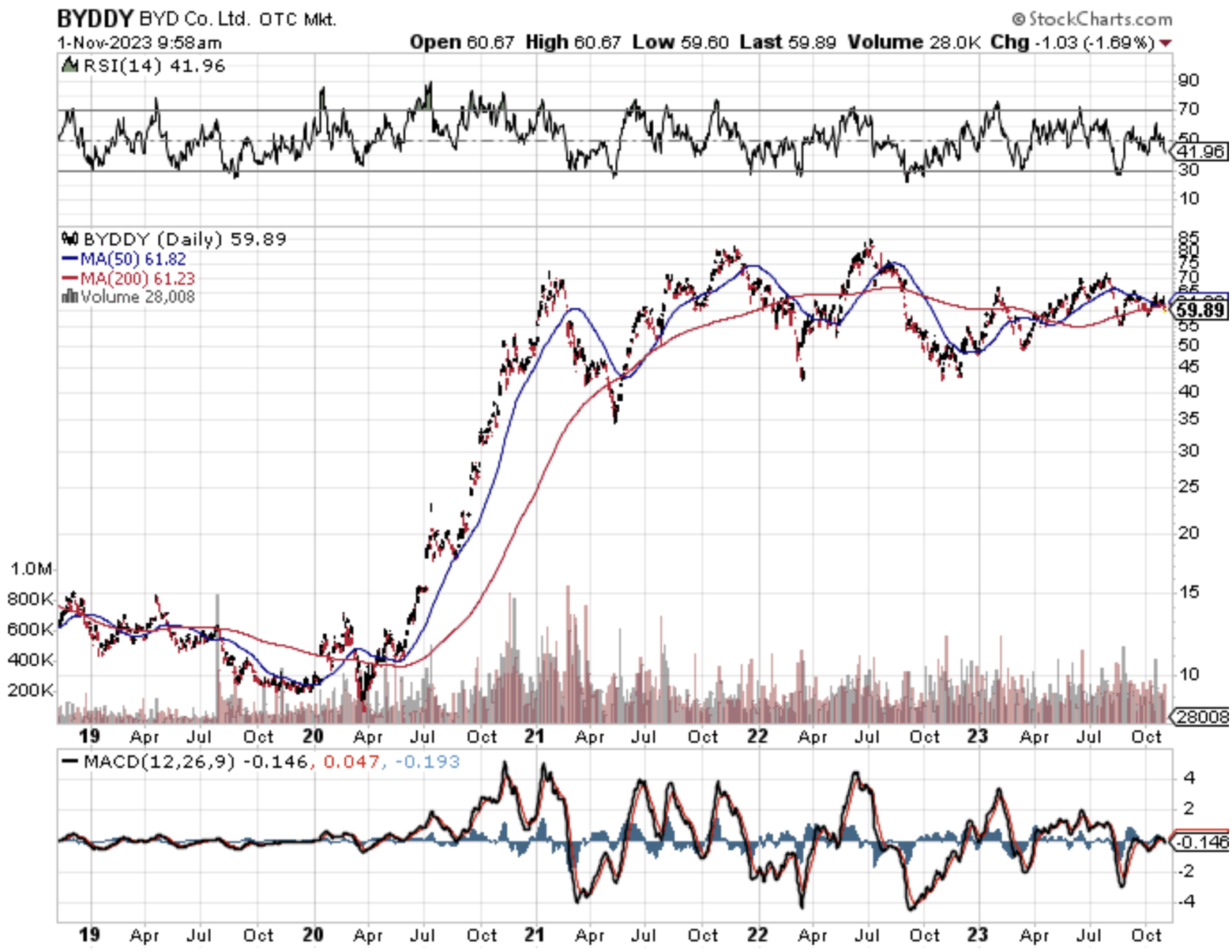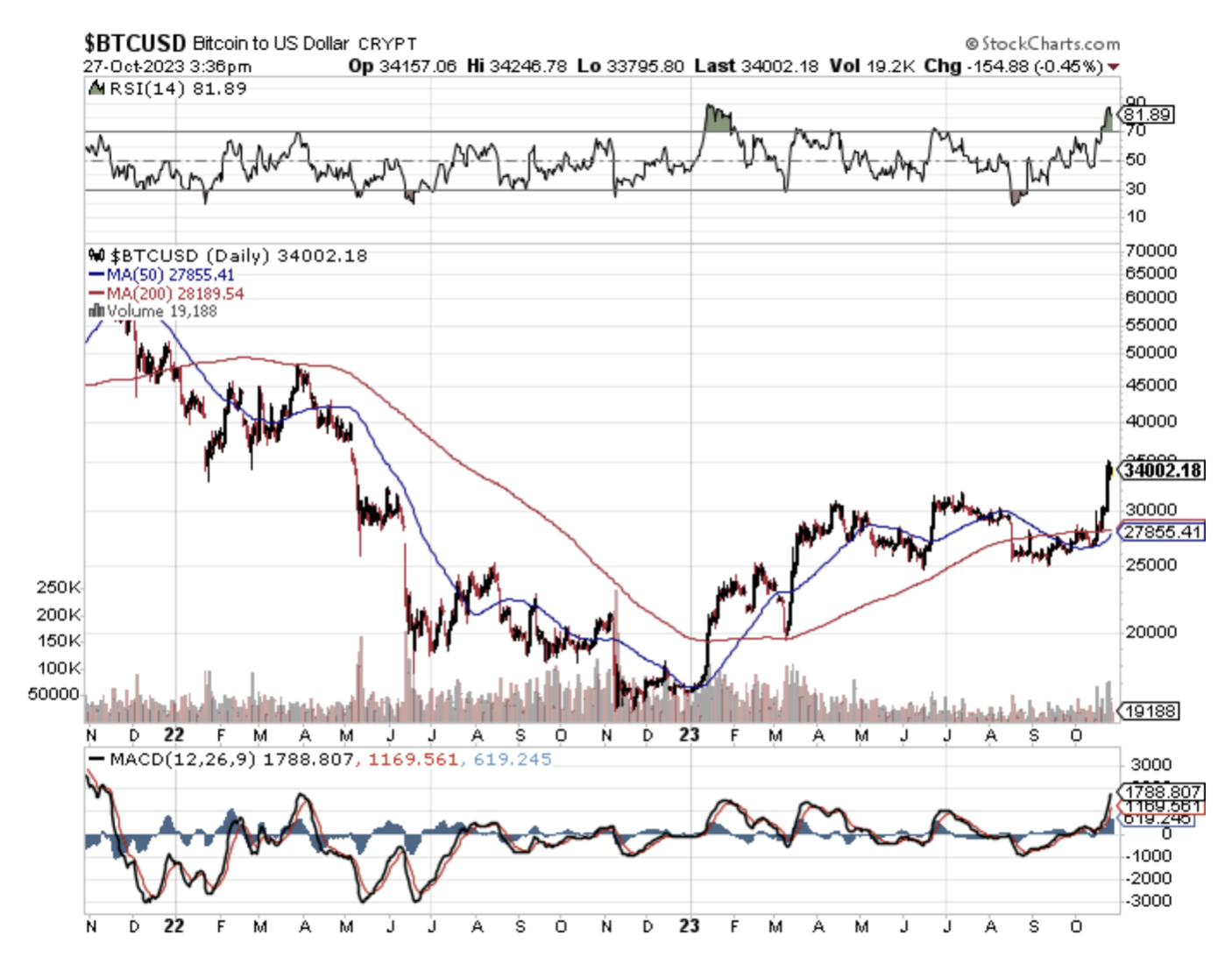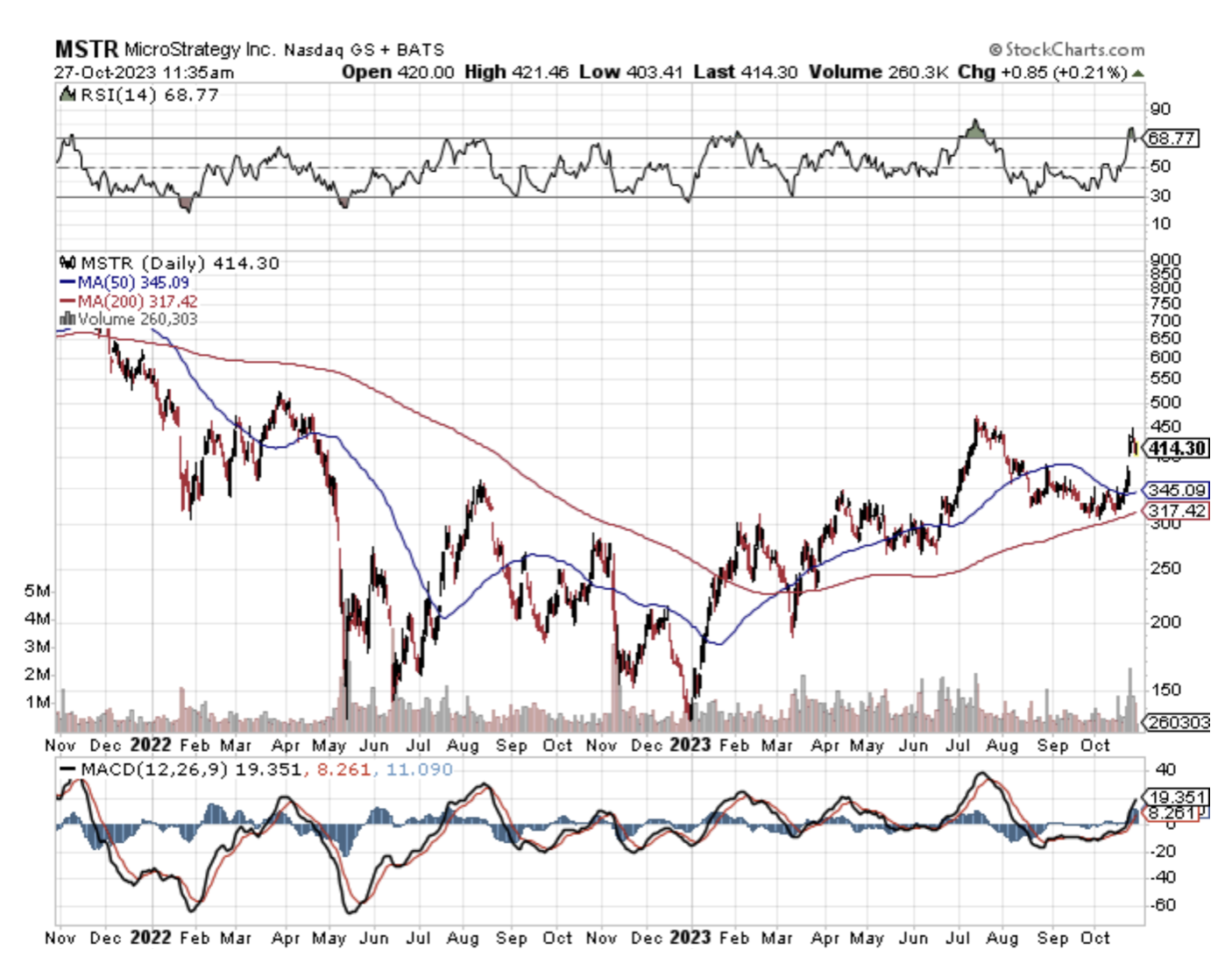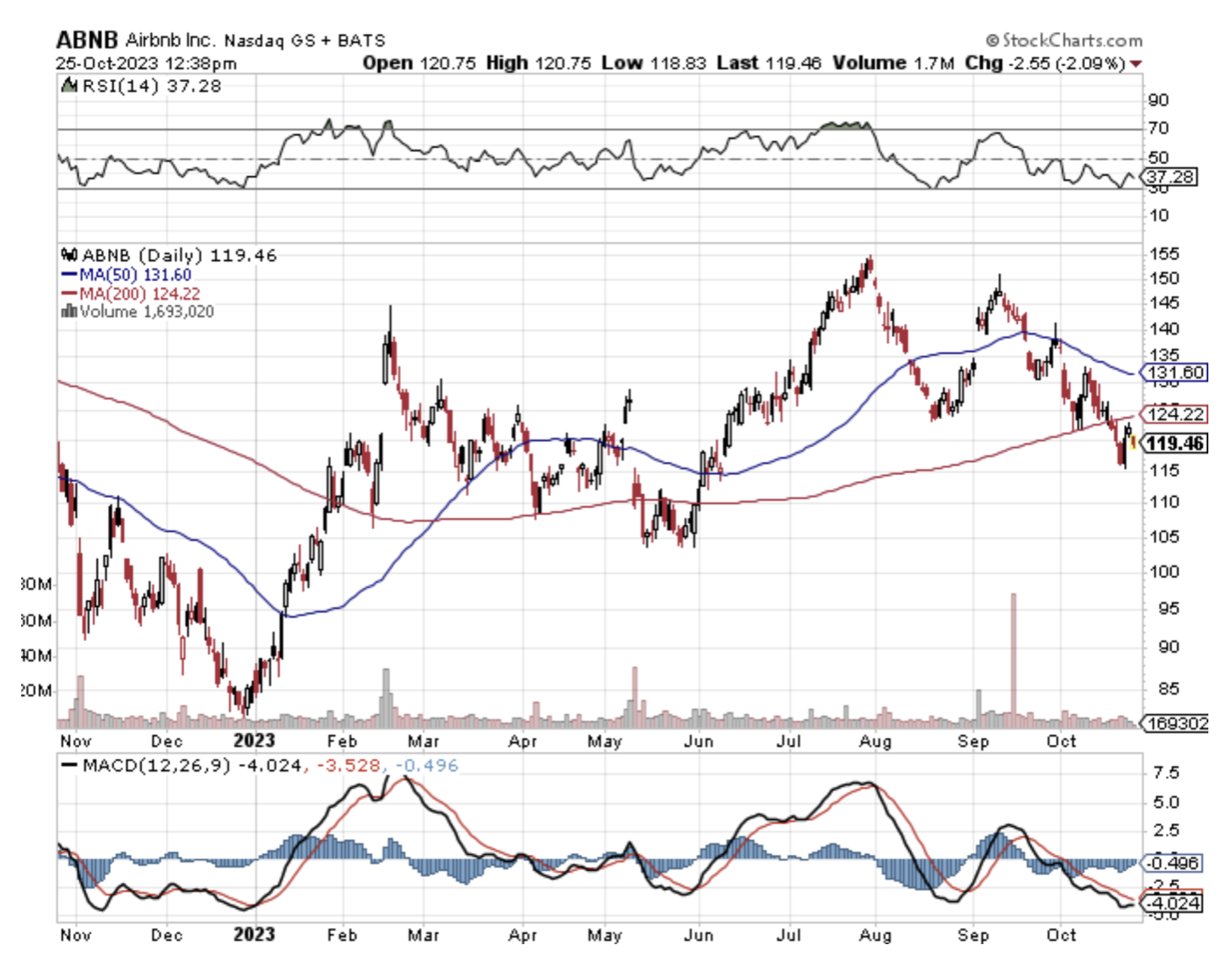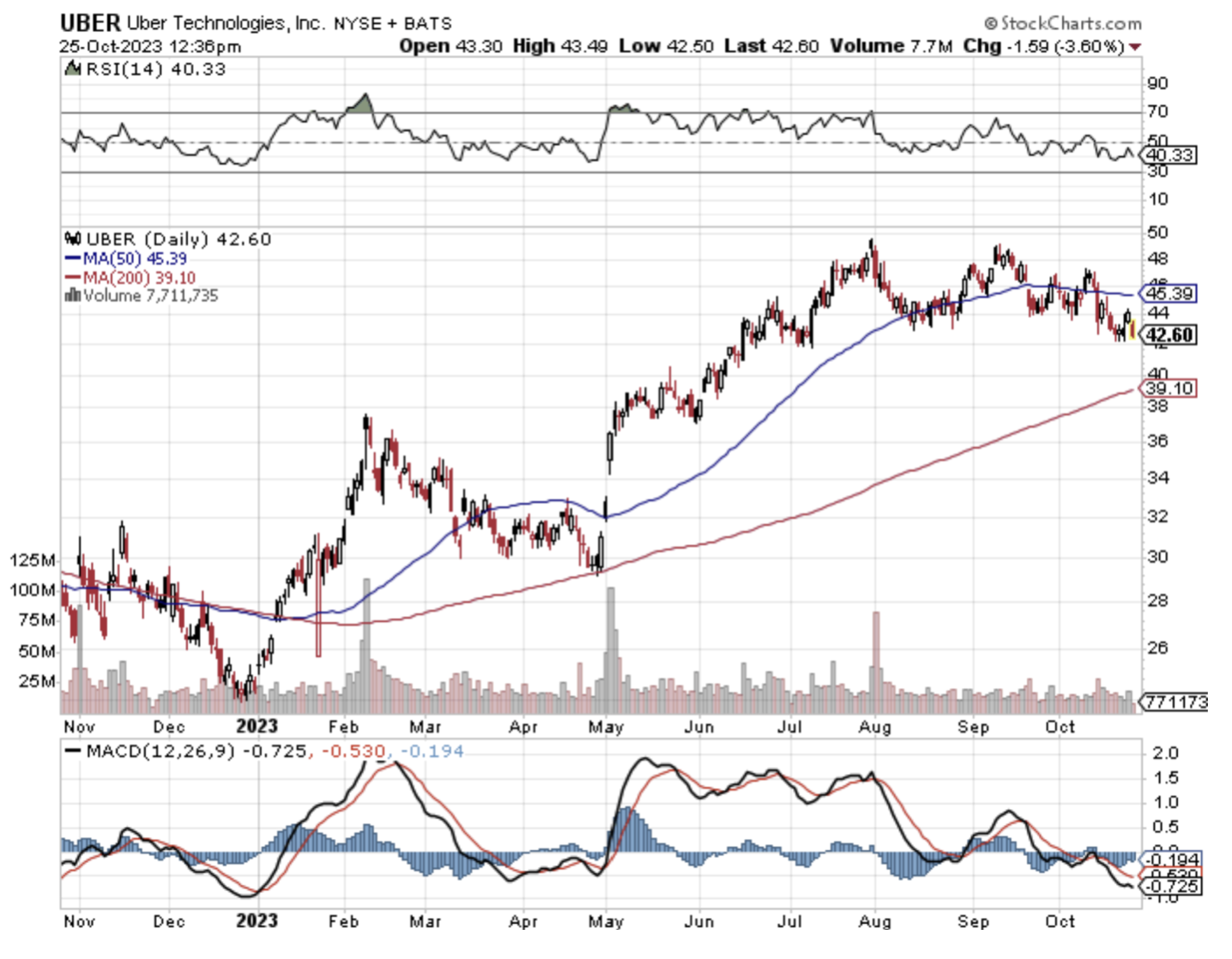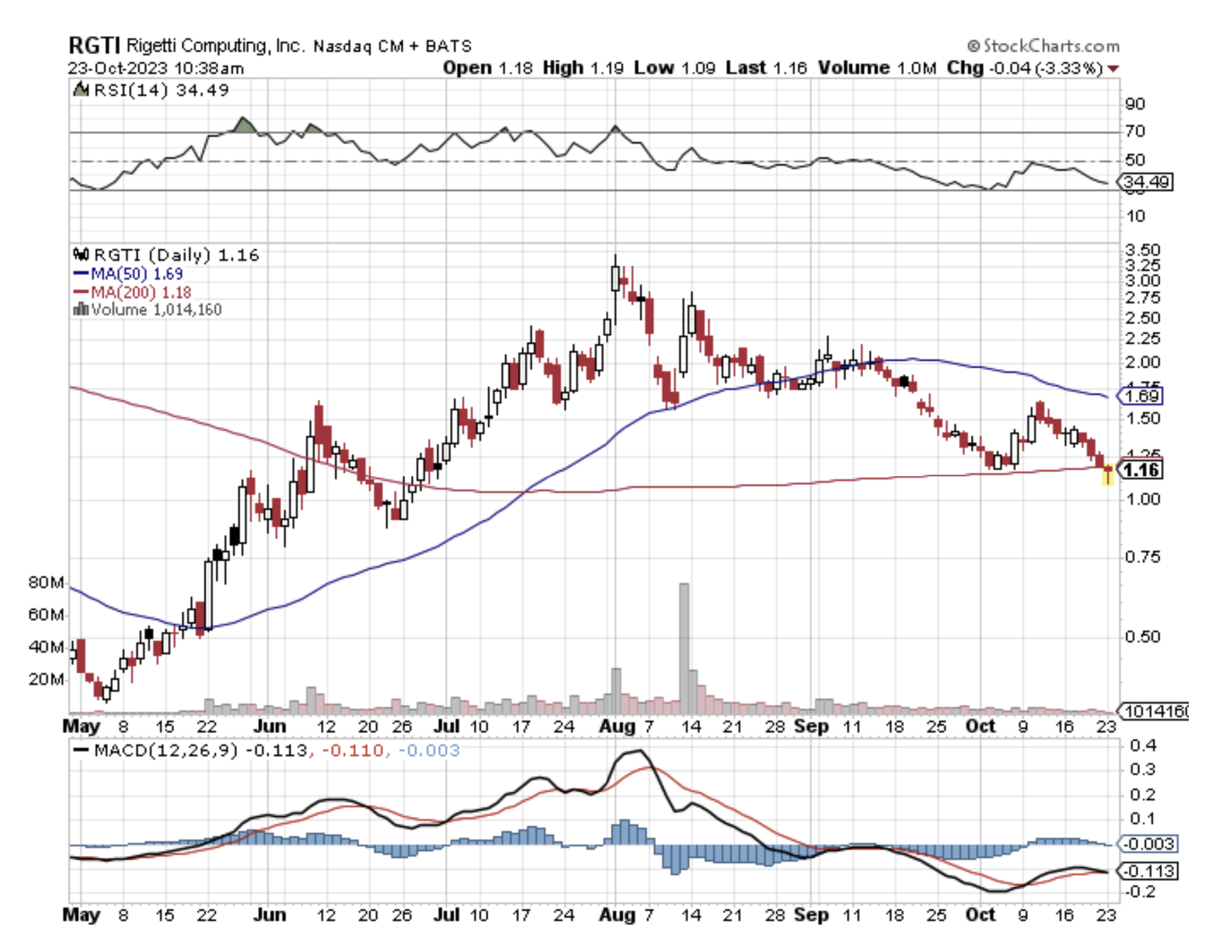Tesla’s (TSLA) recent underperformance is a canary in the coal mine of what could become of the global EV industry.
EV makers better watch out because the race to zero is coming for all of them.
It could be yet another tech industry captured by the Chinese. The Chinese are quickly rising up the food chain of technological capabilities and these new developments are sure to rattle the White House.
I remember years ago when the Chinese tried their best at smartphones, they were terrible, but fast forward to today, and now they compare close to the iPhone with much better pricing.
Now, the Chinese are coming after electric cars and I also remember touring EVs in China in 2007 and they again were pretty terrible.
However, fast forward to today, and yet again they have achieved major inroads in terms of quality and reach. BYD Company Limited (BYDDY) even produces something comparable to Tesla which is no small feat.
Tesla’s disappointing third-quarter deliveries highlight the panic state side where the first mover advantage has served CEO Elon Musk well but eroded lately.
Tesla sold 435,000 electric cars last quarter, while BYD sold 431,000 battery-powered electric cars over the same period.
Expect BYD to surge past Tesla in delivered electric cars soon because they have access to a vastly bigger market while the Chinese communist party is doing everything to ruin American corporate business in the Middle Kingdom.
BYD is already far ahead when it comes to total sales. Including hybrids, BYD sold over 800,000 cars last quarter, almost twice as much as Tesla.
The Chinese company sold 1.8 million cars last year, over 911,000 of which were BEVs. Tesla, which only sells BEVs, sold 1.3 million cars.
Musk had previously warned that planned upgrades to manufacturing plants around the world may lead to lower deliveries for the rest of the year.
Tesla is also facing sluggish demand, forcing it to launch aggressive price wars in both China and the U.S.
BYD has surged ahead of its competitors in China by selling more affordable electric vehicles, unlike the premium models sold by Tesla and other EV companies like Nio and XPeng. BYD recently unseated Volkswagen as China’s top-selling car brand.
The company is expanding outside of China and is now the top-selling EV brand in markets like Thailand, Israel, and Singapore. It’s even expanding into more developed markets like Japan and Europe.
Watch out for China’s BYD to hijack Western markets moving forward including Europe, Canada, the United States, and the UK.
It’s finally time to stop ignoring that China does a good job producing EVs and other hard-to-manufacture technology.
My guess is that China will also surpass the United States in semiconductor chip technology, although that will take longer to achieve.
The Pentagon has sounded the alarm bells after noticing huge improvements in chip know-how by the Chinese.
Competition is finally here for Musk after so many years of taking a free ride in the US and it’s about time. Now the rubber finally meets the road.
Readers with a high threshold of risk tolerance should look at BYD’s ADR (BYD) if shares experience a big dip then allocating a small portion of a portfolio to this equity makes sense.
Don’t forget there is now a high probability of Tesla losing its Shanghai factory in China once China seizes American businesses on the mainland. It doesn’t matter how much Musk kowtows to the communist party because this issue is far bigger than him or the EV business.
That threat has gone from almost 0 just recently to becoming somewhat plausible although still quite low. The tech world is accelerating at warp speed in 2023.


